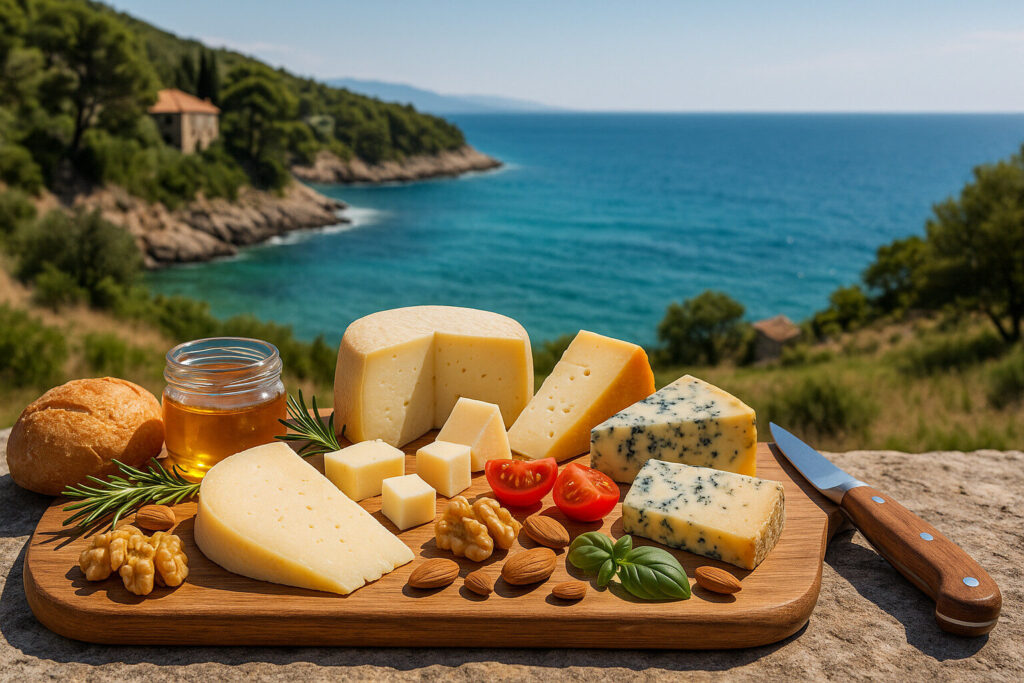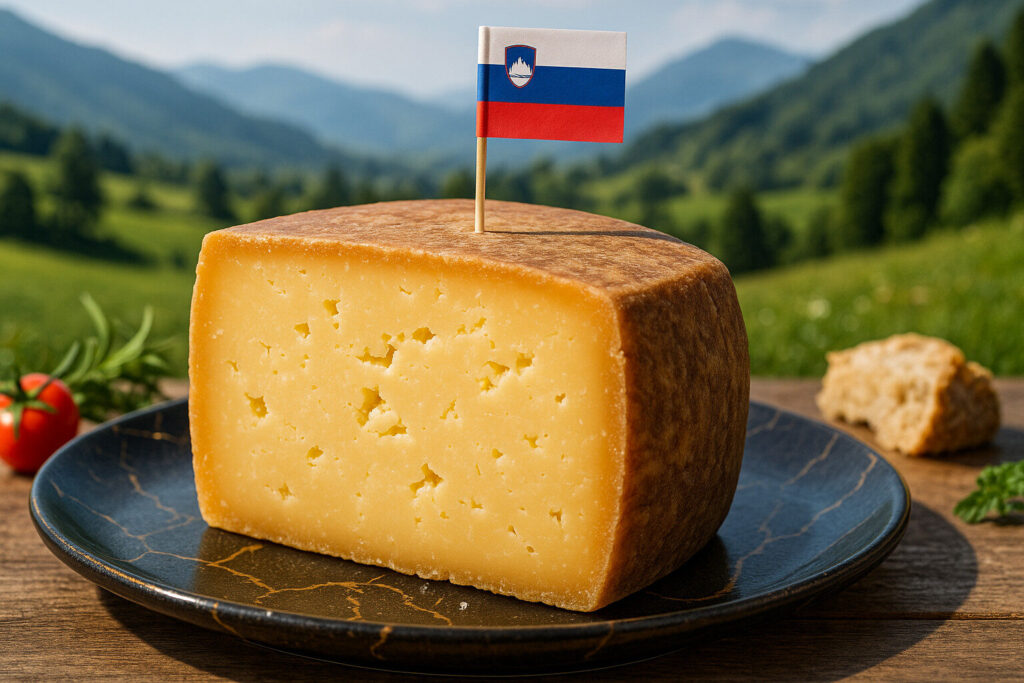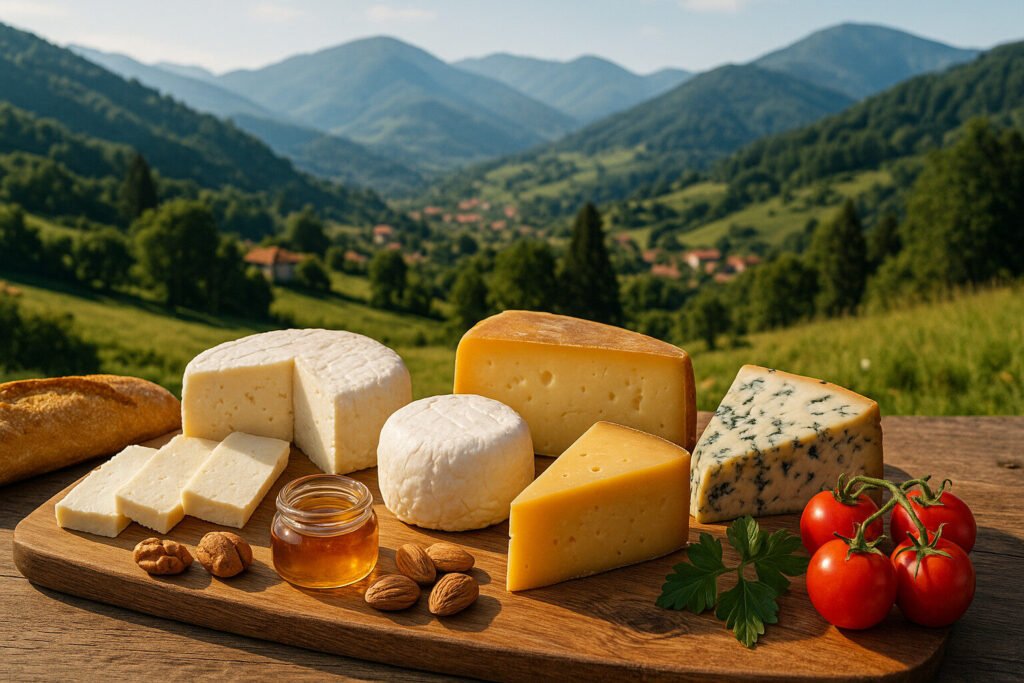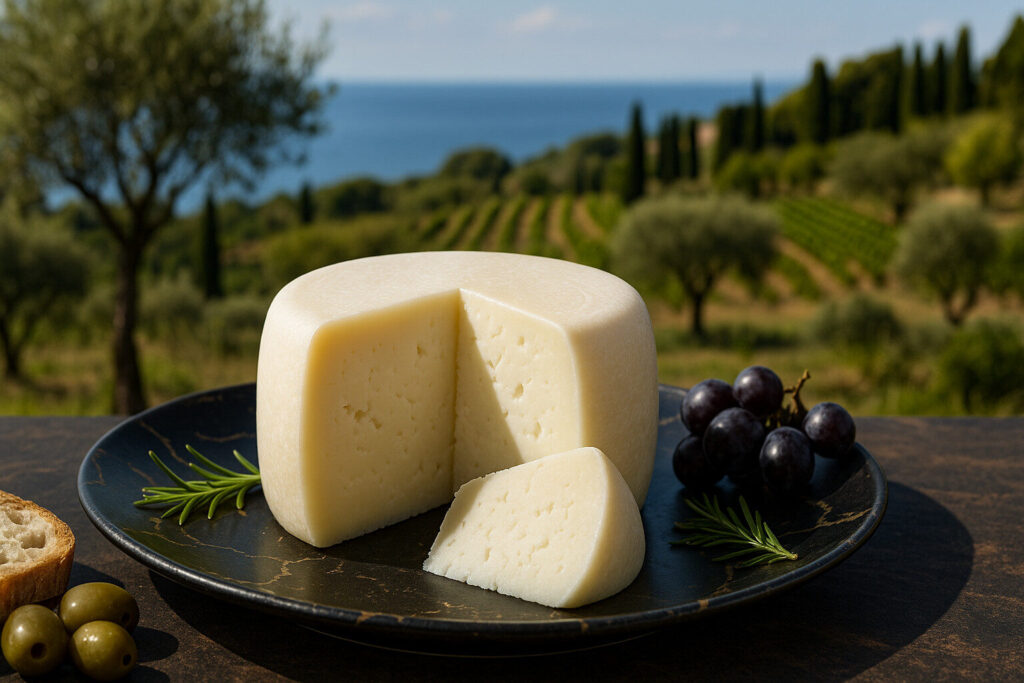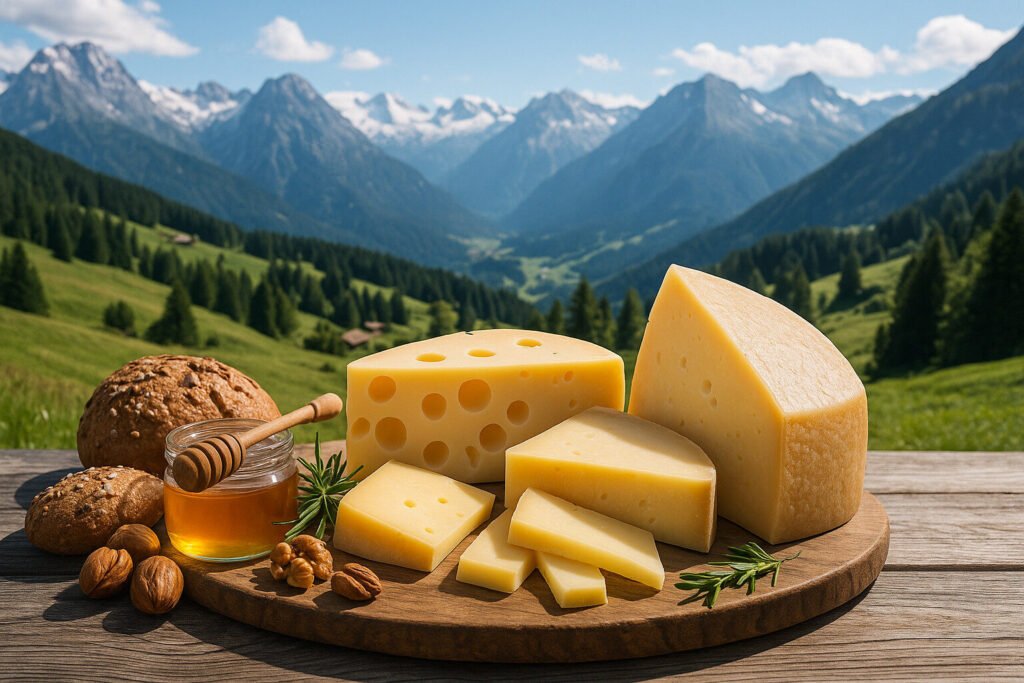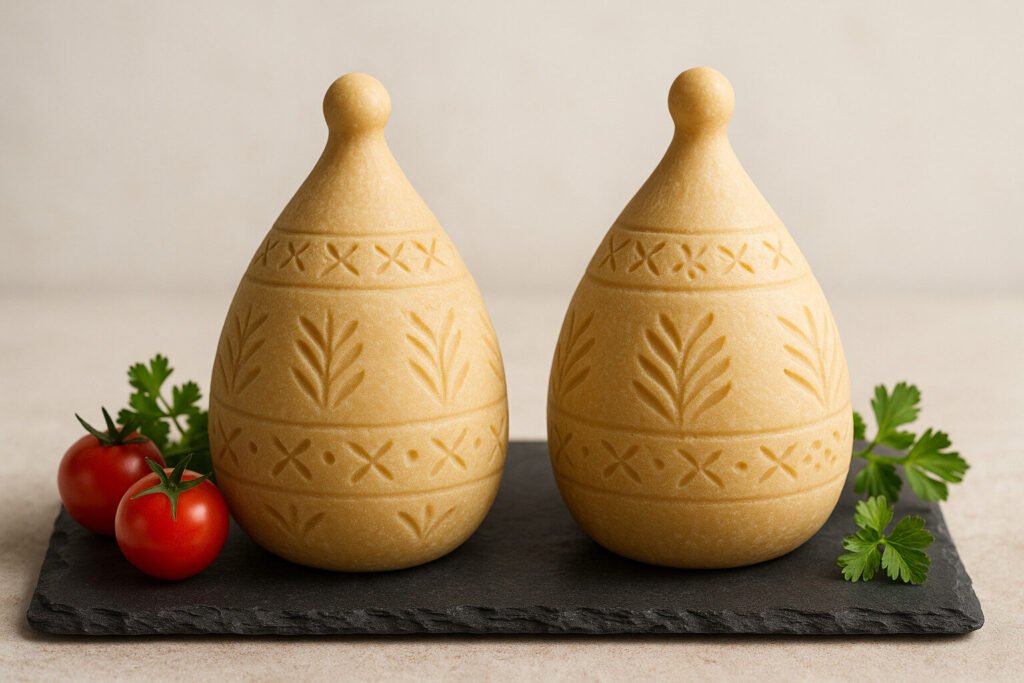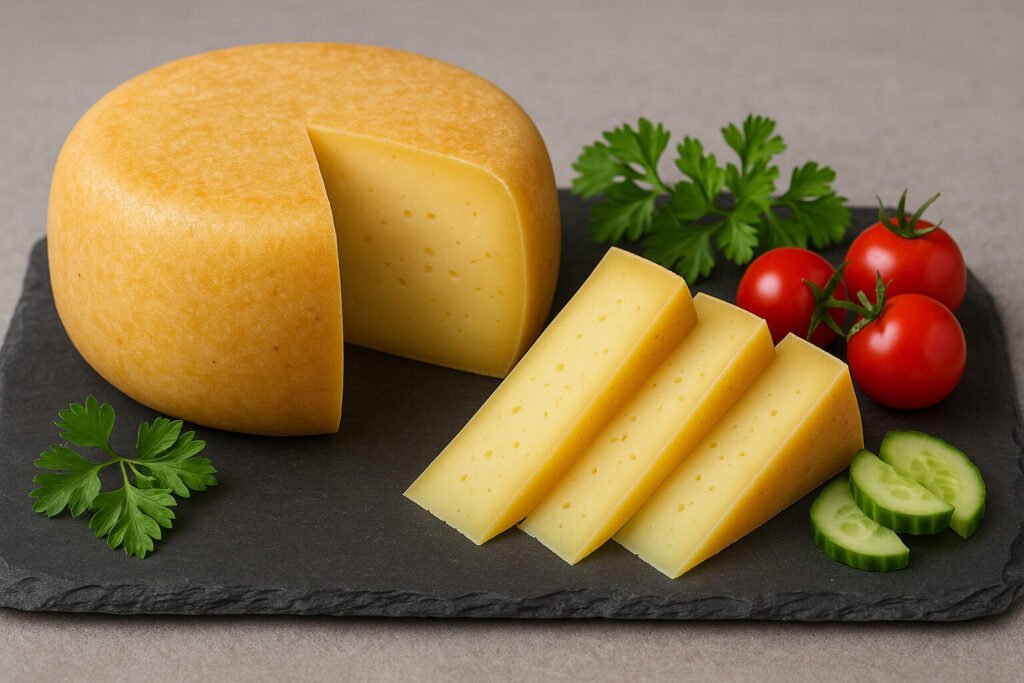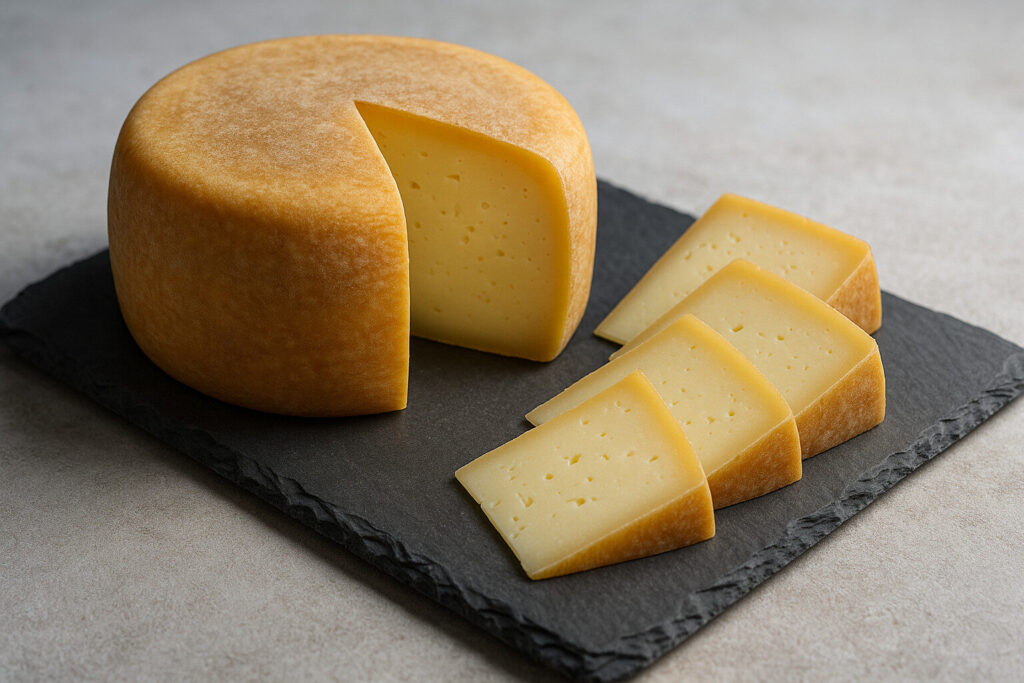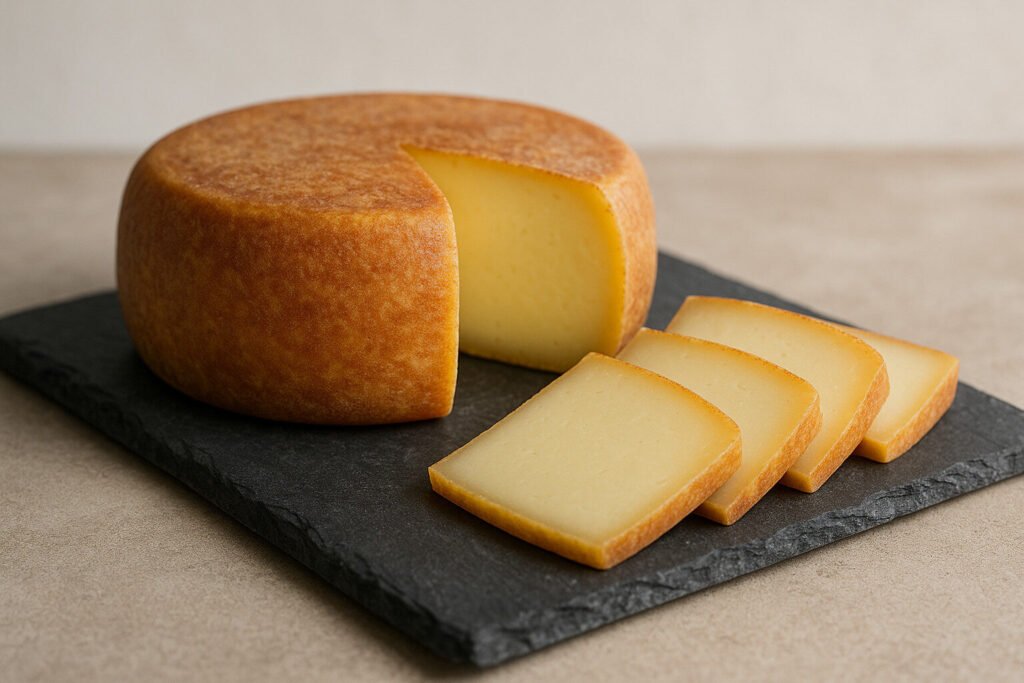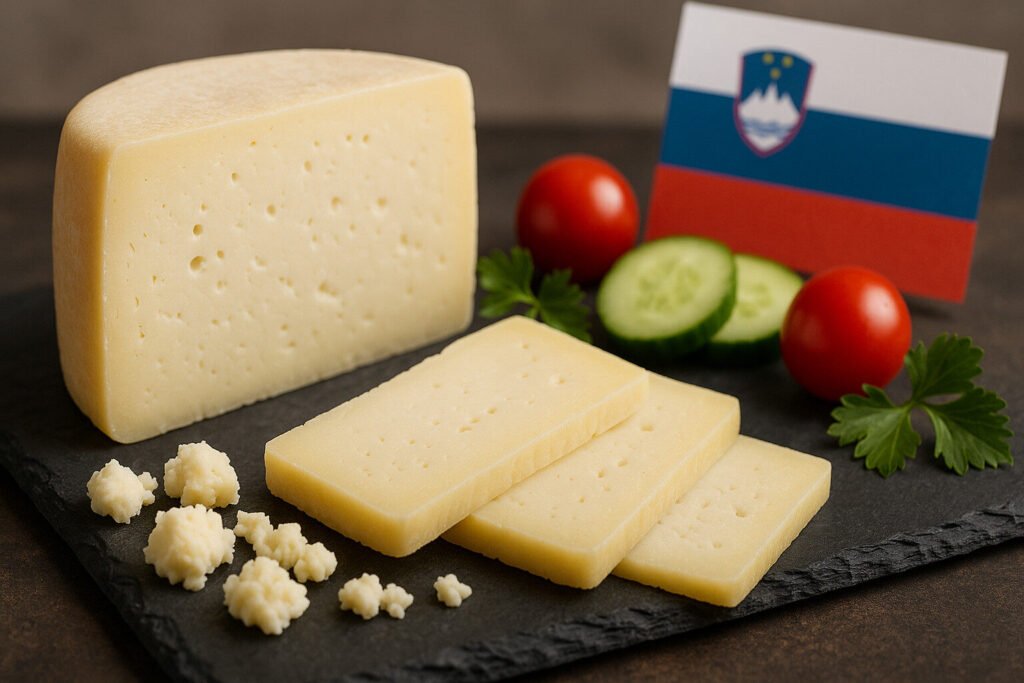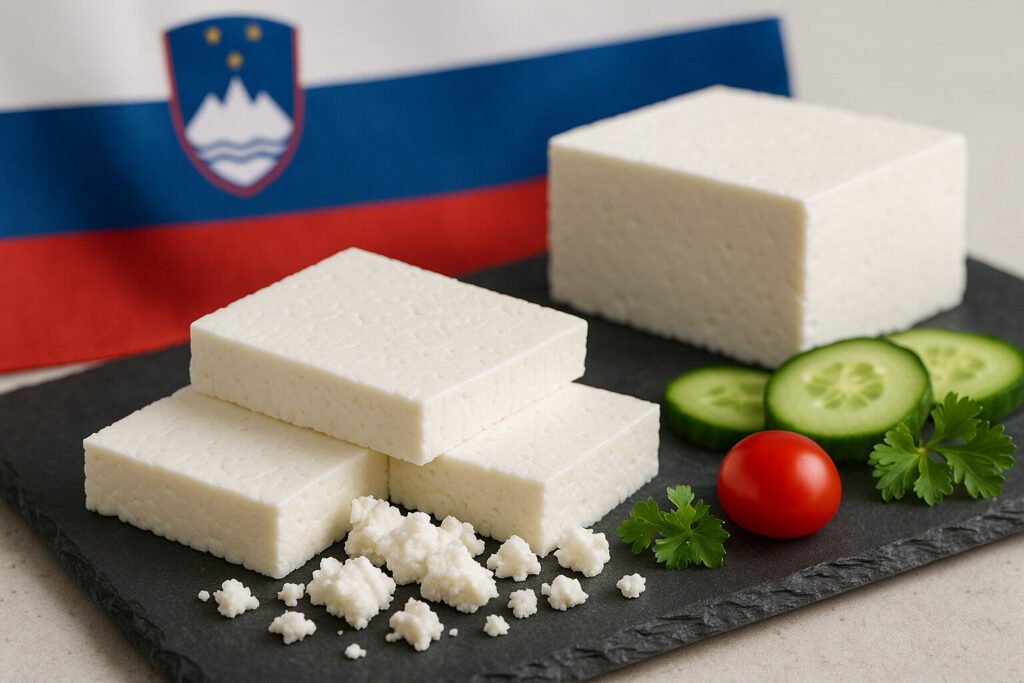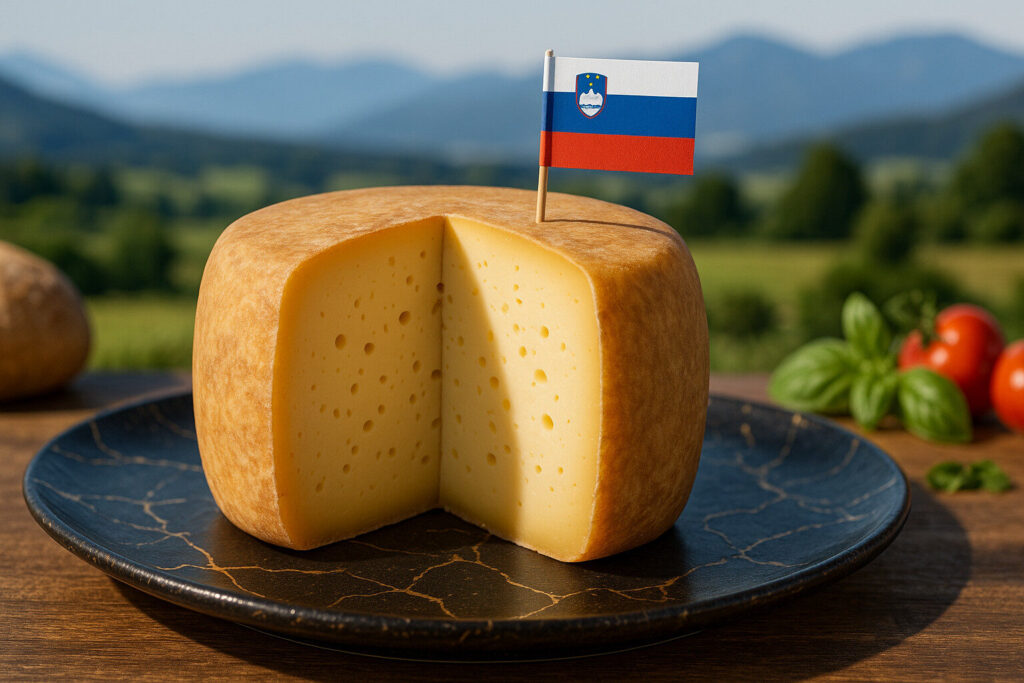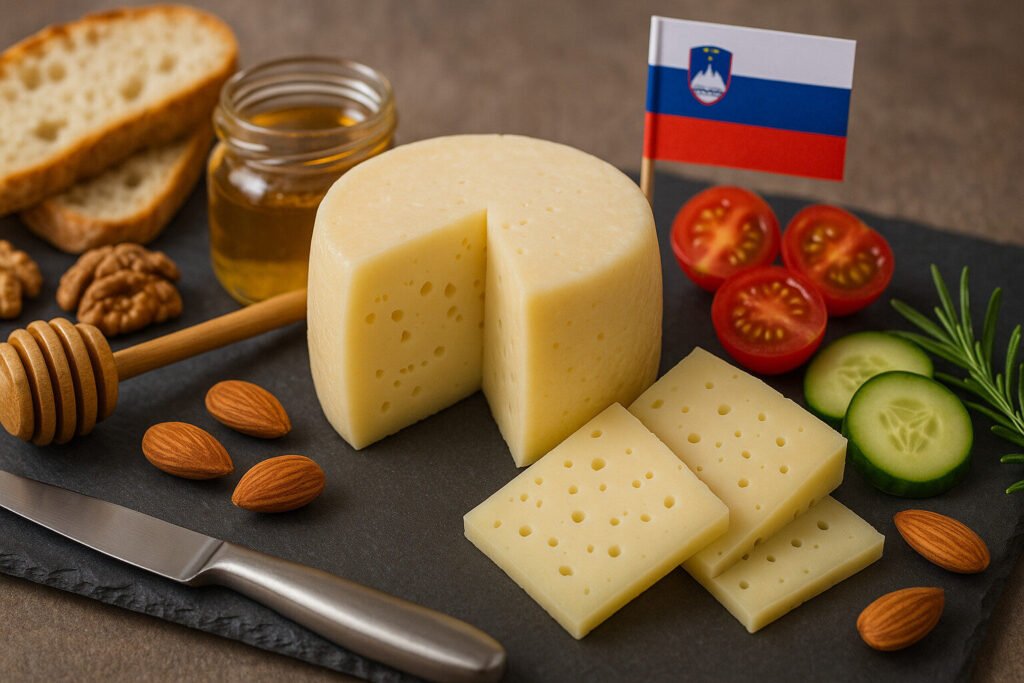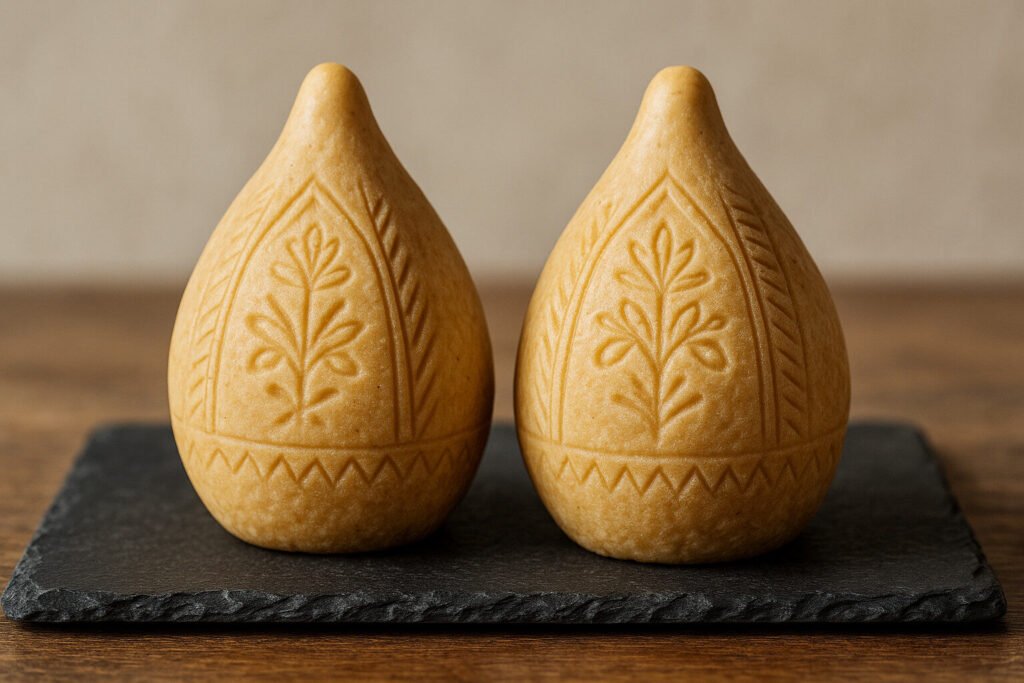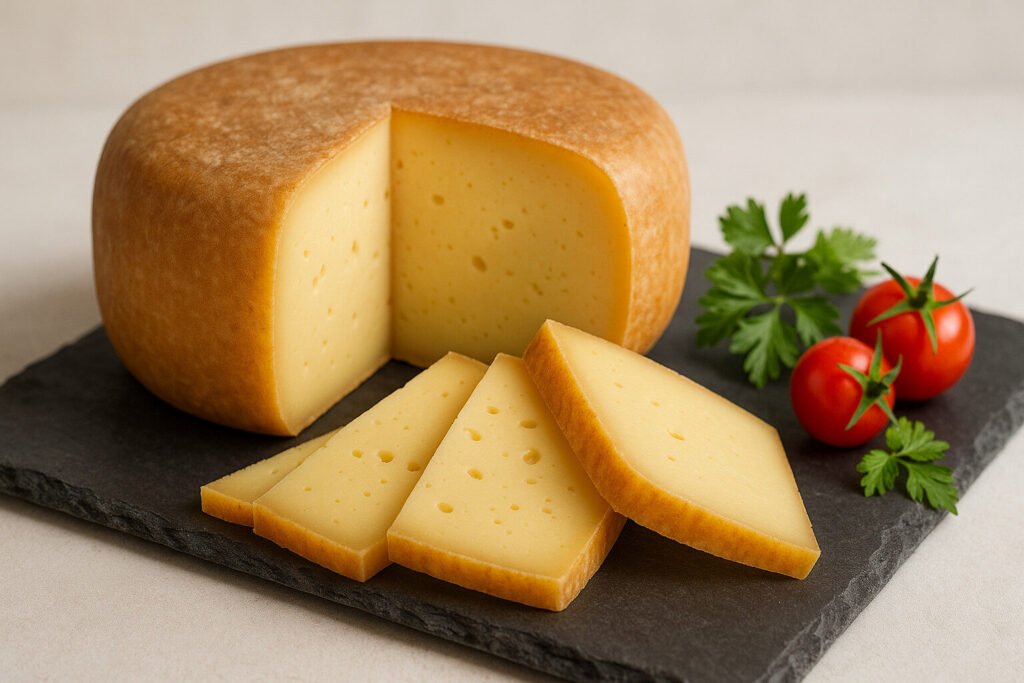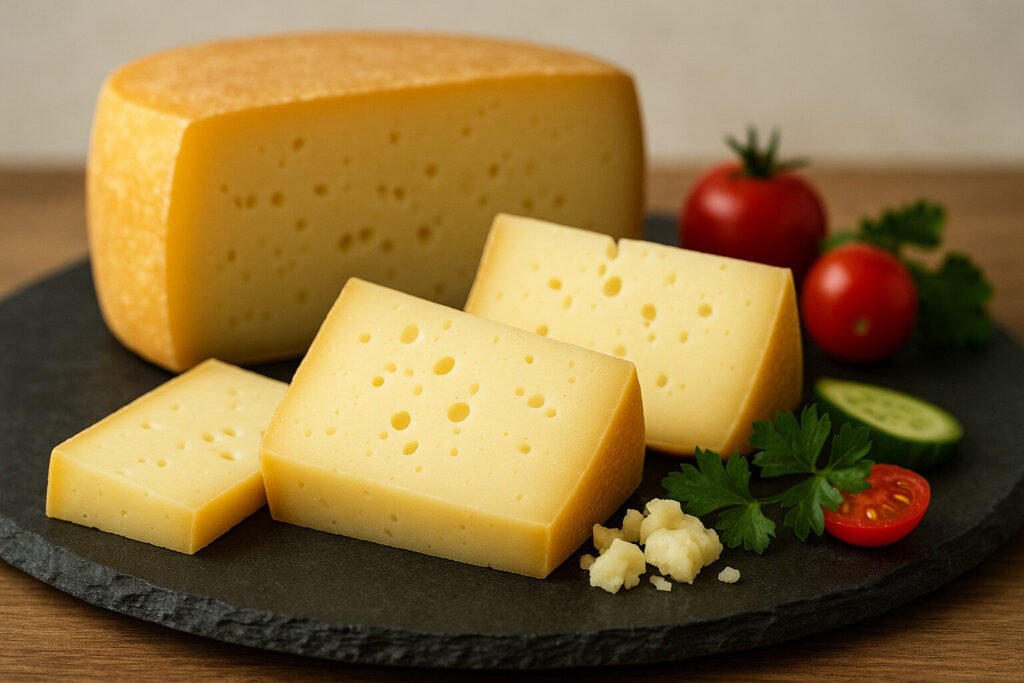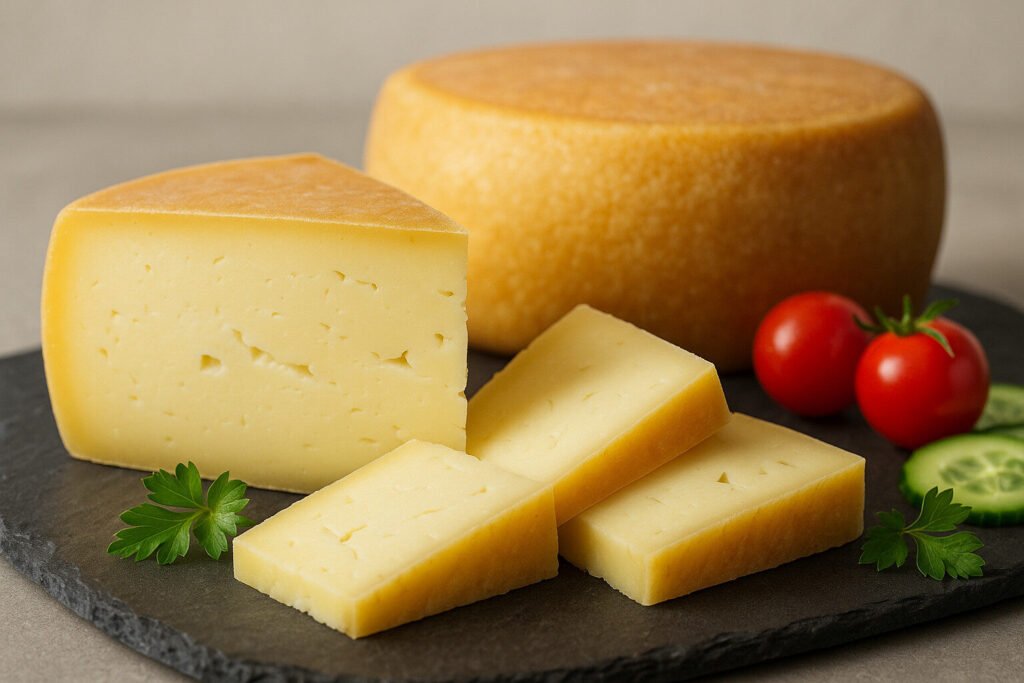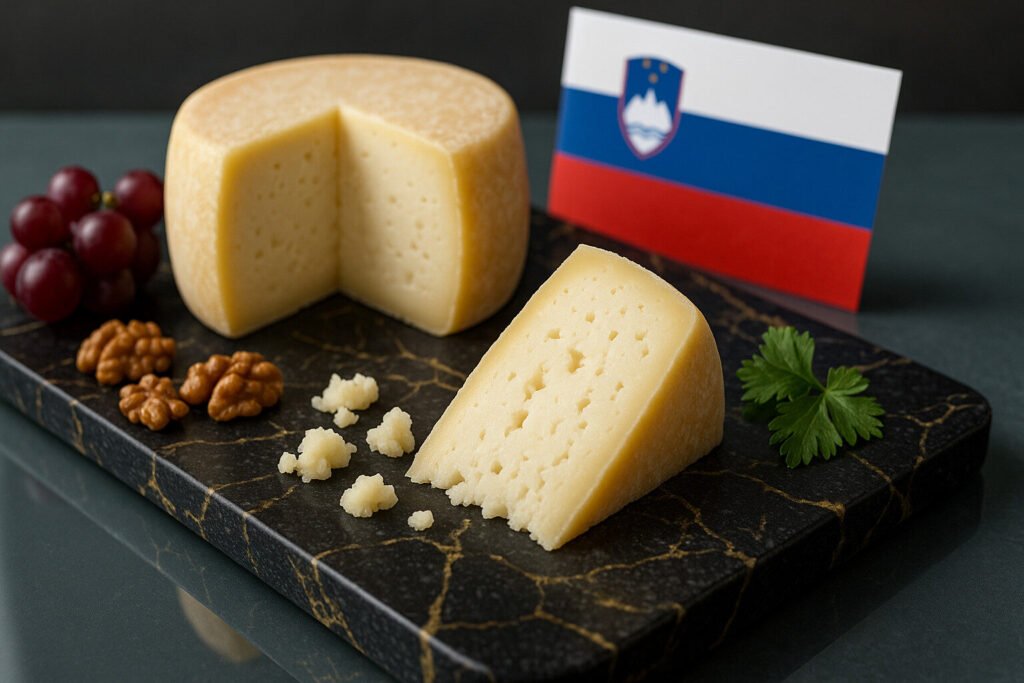Cheese Of Slovenia
Slovenian Cheese Definition and Scope
Slovenian cheese encompasses dairy products crafted within Slovenia’s national borders using traditional and modern methods. These cheeses reflect the country’s alpine pastures, karst landscapes, and diverse microclimates. The scope includes protected designations like Tolminc and Mohant, alongside farmstead varieties.
Classification covers fresh, soft, semi-hard, and hard cheeses, often from cow, sheep, or goat milk. Many hold cultural significance, tied to specific regions and historical practices. This category is integral to understanding Central European dairy traditions.
Production Techniques
Traditional Slovenian cheesemaking utilizes raw or pasteurized milk, with careful temperature control during coagulation. Alpine dairies practice transhumance, moving livestock seasonally to high pastures. This method influences milk composition and cheese characteristics.
Techniques include brine washing, dry salting, and cave aging for specific varieties. Mohant cheese undergoes spontaneous fermentation in wooden containers. Modern facilities combine these artisanal approaches with hygienic production standards.
Sensory Profile
Slovenian cheeses display notable diversity in texture, from the crumbly hardness of Tolminc to Mohant’s creamy paste. Flavors range from mild and buttery in fresh cheeses to pungent and spicy in aged varieties. Many develop complex nutty or herbal notes from pasture grazing.
Aromatic profiles reflect local terroir, with some cheeses exhibiting earthy or mushroom undertones. The texture of aged examples often becomes granular or crystalline. These sensory characteristics help distinguish Slovenian cheeses internationally.
Culinary Uses
Slovenian cheeses serve both table and cooking purposes across the nation’s cuisine. Hard varieties like Tolminc grate well over traditional dishes such as žlikrofi dumplings. Fresh cheeses often accompany breakfast or appear in štruklji pastries.
Many cheeses pair excellently with Slovenian wines like Rebula or Teran. Aged examples stand alone on cheese boards with honey and nuts. Their versatility makes them essential components of both traditional and contemporary Slovenian cooking.
Regional Examples
Tolminc cheese originates from the Tolmin area in western Slovenia’s Soča Valley. This raw cow’s milk cheese features a firm texture and slightly sweet, nutty flavor. It holds Protected Geographical Indication status within the European Union.
Mohant comes from the Bohinj region, known for its strong aroma and spicy taste. The Karst Plateau produces hard, salty cheeses aged in specific natural caves. These regional specialties demonstrate Slovenia’s diverse cheesemaking heritage.

